No matter whether you own a gun for sporting, self defense, or hunting, following a few gun safety rules is essential.
Here are some of most important rules I’ve seen ignored, leaving tragedy in its wake.
Always Keep The Muzzle Pointed In A Safe Direction
By definition a safe direction is when a bullet can’t possibly hit anyone or anything. This includes ricochets, bullets penetrating outer walls, or ceilings of homes or other types of buildings.
This is the most important and basic of all shooting safety rules and has 2 parts.
- Never point your firearm, loaded or unloaded at anything you do not intend to shoot. “Practicing” is no excuse. Take your gun to the range and do the exercises properly to build good form and ensure you never make a mistake in a setting where you would not want the gun to go off. Even dry firing can pose a risk because the gun may actually be loaded. It doesn’t matter if you forgot to check to see if the gun was unloaded, or missed the fact a bullet was available to fire. Once the bullet is fired, you can’t take it back.
- Never allow the muzzle of your gun to drift, wander, or otherwise point at anyone or anything. This is very important when loading or unloading, as well as when carrying a gun. Always be sure that you are in control of the direction the muzzle is pointing even if you stumble or fall. This is your responsibility at all times when handling a firearm.
Firearms Should Always Be Kept Unloaded When Not In Actual Use
A safe shooter will only have a loaded firearm when they are about to shoot in the hunting field, target range, or when carried for self defense.
- Even if you trust your children or other household members, accidents can happen. Never leave a gun where someone other than you can get a hold of it, or fire it. This also includes strangers that you may come across in stores or other places.
- Storing ammo and guns separate from each other makes it much harder for others, including criminals to use the gun as soon as they get their hands on it.
- While hunting or practicing, you may have to climb over fences, climb trees, or carry out some other maneuver that can cause you to lose precise control of a rifle or shotgun. Always unload the firearm before you carry out these actions.
- Never push or pull a loaded firearm toward yourself or another individual. Never carry a loaded firearm in a scabbard, a unworn holster, or a gun case. If in doubt, unload the firearm.
- Always unload your firearms when you are done hunting, practicing, or target shooting. This should be done in the shooting area well before you bring it into a location with other people, cars, trucks, or buildings.
- If you carry for self defense, unload the gun as soon as you are home or in a safe location where you will be storing the gun away.
Never assume that a firearm is unloaded. Always check the firearm yourself to ensure that it is unloaded. Always open the action, visually check the chamber, receiver, and magazine to be certain they contain no ammunition. Always keep the firearms actions open when not in use.
Be Sure of Your Target And What Is Beyond It
Once a firearm has been fired there isn’t any way to stop the bullet. You have lost all control over the bullet and it will go in the last direction the muzzle was pointed at when the firearm was pointed. Never shoot unless you know exactly where the shot will hit.
- Be sure that your bullet will not injure anyone or damage anything beyond the target. Always account for ricochets, the bullet missing the target, and how far the bullet may travel before it hits something.
- Firing at a noise or movement without being absolutely sure of what you are shooting at is a disregard for the safety of others. No target is so important that you shouldn’t take the time to be absolutely sure of it before you pull the trigger.
Don’t Rely On Your Gun’s Safety
Always treat your firearms as if they could fire at any time. The safety on your firearm is a mechanical device that can fail at the worst possible moment. Sometimes you may think that the safety is on, but in reality it is in the off position. The safety is there as a helper to you for safety sake, but it isn’t a substitute for common sense.
- Never put your finger inside the trigger guard or touching the trigger when loading or unloading.
- Don’t pull the trigger if the safety is on or in between the safe or fire position. Doing this may cause the firearm to fire then, or later when the safety is released, even though no one touched the trigger again.
- Always keep the safety on until you are ready to actually shoot.
- Never rest a firearm against anything. There is the possibility that it may slip off and accidentally discharge.
- The only time you know for sure that a firearm can’t fire is when the action is open, the magazine has been removed, and you have visually checked the action.
Handle With Care If Your Firearm Fails To Fire When The Trigger Is Pulled
There may be times when you pull the trigger, but the firearm doesn’t fire. When this occurs, keep the muzzle pointed in a safe direction with your face away from the firearm’s receiver area and slowly count to twenty to ensure that you don’t have a hang fire (a defective slow to fire primer). A dud cartridge can go off any time, so keep the muzzle pointed in a safe direction. After doing this, slowly and carefully open the action to unload the firearm. Then dispose of the defective bullet in a safe manner.
Always Use The Correct Ammunition
It’s your responsibility to use the correct ammunition for your firearm. Always read and heed all warnings in the owners manual and on the ammunition boxes about the ammunition that you are using.
- When using improper ammunition it can cause serious injuries, death, and could possibly destroy the firearm. For safety sake, as you are loading the firearm check the ammunition to be sure it is the correct caliber or gauge for the firearm.
- Don’t use improper reloads or ammunition made of unknown components. Firearms are designed, manufactured, and proof tested based on factory loaded ammunition.
- Handloaded or reloaded ammunition that deviates from pressures generated by factory loads or from component recommends of reputable handloading manuals can be very dangerous, can cause severe damage to the firearm, and serious injury or death to the shooter.
- Don’t spray oil or solvents on ammunition or use ammunition in overly lubricated firearms. This can lead to poor ignition, poor performance, may cause damage to the firearm, and may harm you or others if the lubricants cause a barrel obstruction.
- Ammunition that has gotten very wet or submerged in water should be discarded in a safe manner.
When Shooting Always Wear Ear And Eye Protection
All shooters should wear protective shooting glasses and some form of hearing protection such as ear plugs or earmuffs.
- Exposure to shooting noise can damage your hearing!
- Shooting glasses protect your eyes from dirt, falling shot, twigs, or firearm malfunctions where barrels or receivers rupture.
- Wearing shooting glasses while disassembling and cleaning firearms will protect you from eye injuries caused by springs under pressure, solvents, and anything else that might get into your eyes.
Before Shooting Be Sure the The Firearm’s Barrel Is Clear Of Obstructions
Before loading your firearm, open the action to verify that there is no ammunition in the chamber or magazine. Be sure that the barrel is clear of all obstructions.
- Even a small amount of snow, mud, excess of gun oil, or grease in the rifle bore can cause dangerously high pressures. This can cause a barrel to bulge or even burst upon firing, injuring the shooter or those around them. Get in the habit of checking the firearm’s bore with a cleaning rod to check for obstructions.
- If you accidentally put a smaller caliber or gauge cartridge in your firearm, the smaller cartridge could fall into the barrel and create an obstruction when the right size cartridge is fired. This can also cause the barrel to burst and lead to injuries or death.
- Safety warning – If the noise or recoil seems weak or doesn’t sound just right, stop firing and check for a barrel obstructions or a projectile that may have become lodged in the barrel.
Don’t Alter or Modify Your Guns
Firearms are designed by experts to function correctly in their original condition. Any changes or alterations made to the firearm after manufacture could make the firearm dangerous, unsafe, and might void any factory warranties.
- Don’t jeopardize your safety or the safety of others altering safeties, triggers, or other internal workings.
- Never allow unqualified individuals to modify or repair your firearms. There is a very good chance you could ruin an expensive firearm or void the warranty.
- Remember your firearm is a mechanical device that will not last forever. Have routine service done on it by a qualified person to help it last longer.
Know The Handling And Mechanical Characteristics Of The Firearm You Are Using
Always know how to handle your firearms safely. Never handle any firearm without first learning how to do so. Know the safe handling rules for loading, unloading, carrying, and handling the firearm. Remember there is no such thing as a fool proof firearm!
Firearms are tools that should be owned and operated with safety in mind. When owned, used, and carried responsibly they can save lives and provide valuable services. Without following a few simple safety rules, however, your own lack of respect for firearms can cause injury or death to your or others around you.


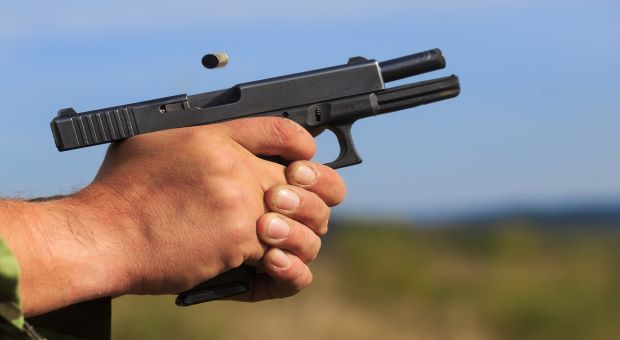

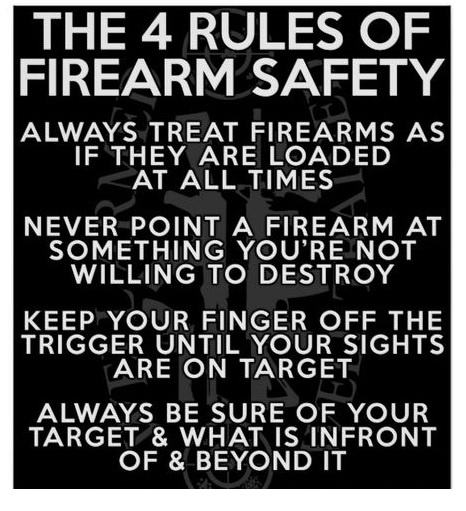
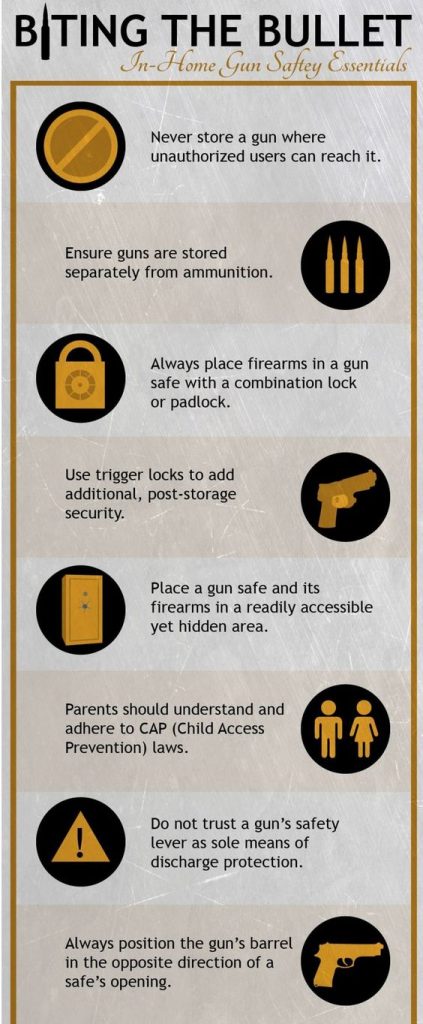

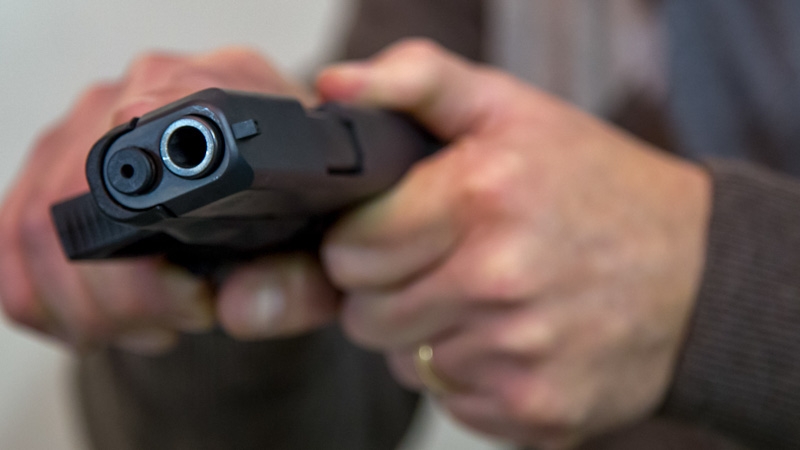
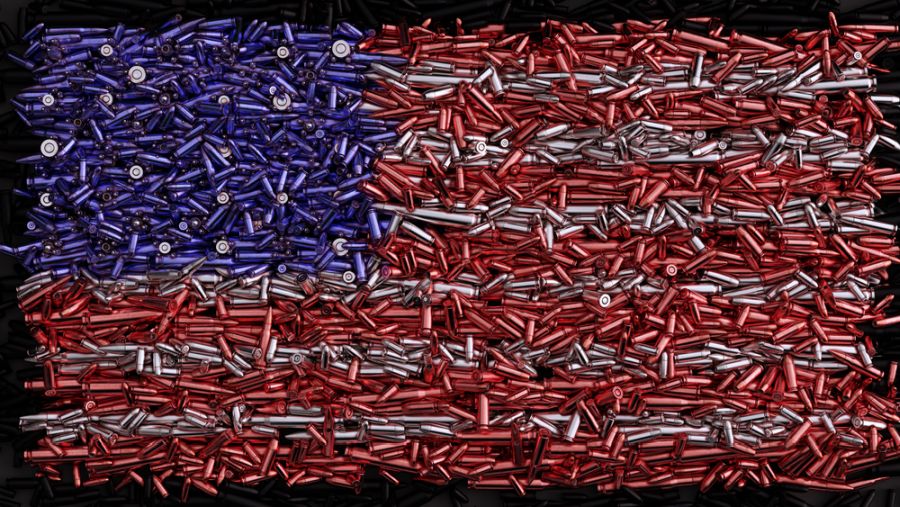
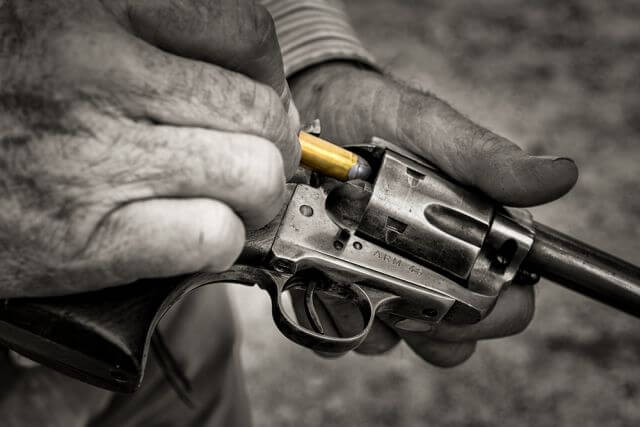
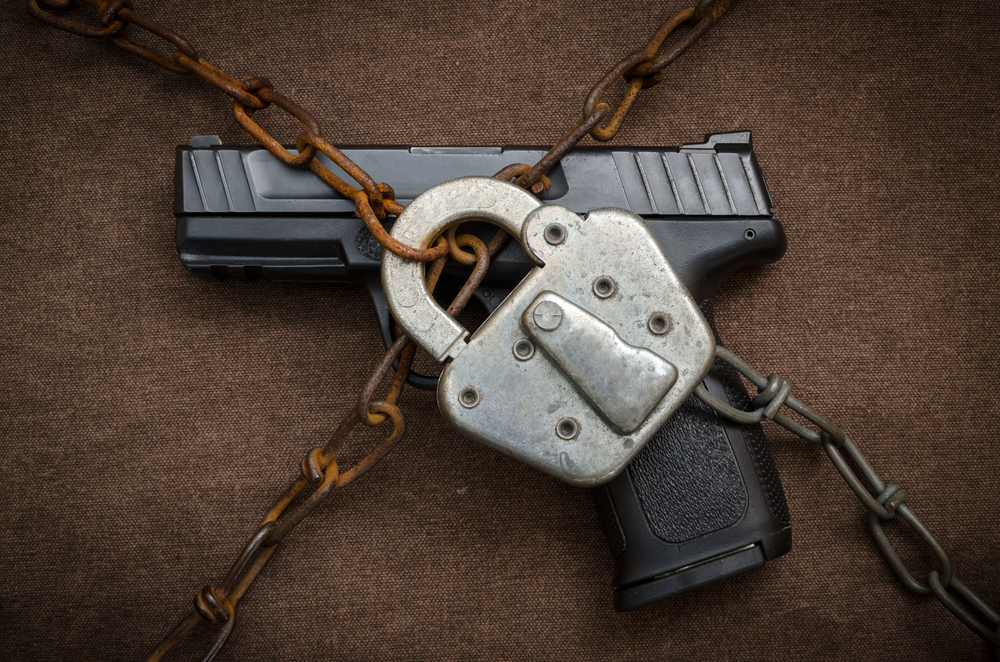


Pingback:[Gun Safety] How To Make Sure You’ll Never Shoot Yourself – Prepping | December 8, 2019
|
Pingback:[Gun Safety] How To Make Sure You’ll Never Shoot Yourself - Survival Gear Review | December 8, 2019
|
Pingback:[Gun Safety] How To Make Sure You’ll Never Shoot Yourself - Survival Blog | December 8, 2019
|
John Drake | December 8, 2019
|
“If you carry for self defense, unload the gun as soon as you are home or in a safe location where you will be storing the gun away.”
Not too sure on this one Fred.
I want to keep my self defense gun loaded, you never know when a home invasion might happen.
Scott Todd | December 8, 2019
|
That was my first thought too.
james | December 8, 2019
|
We just buried my nephew-in-law because he violated each of the 4 rules you stated plus alcohol related.
Beth | December 9, 2019
|
The way the man in the picture is holding the pistol, he would certainly end up with bloody recoil tracks over the top of his hand. As a young teen that had only been exposed to revolvers, I made that mistake when handed a gun like this.
Pingback:Why You Need Diversion Safes – Spy Briefing | December 24, 2019
|